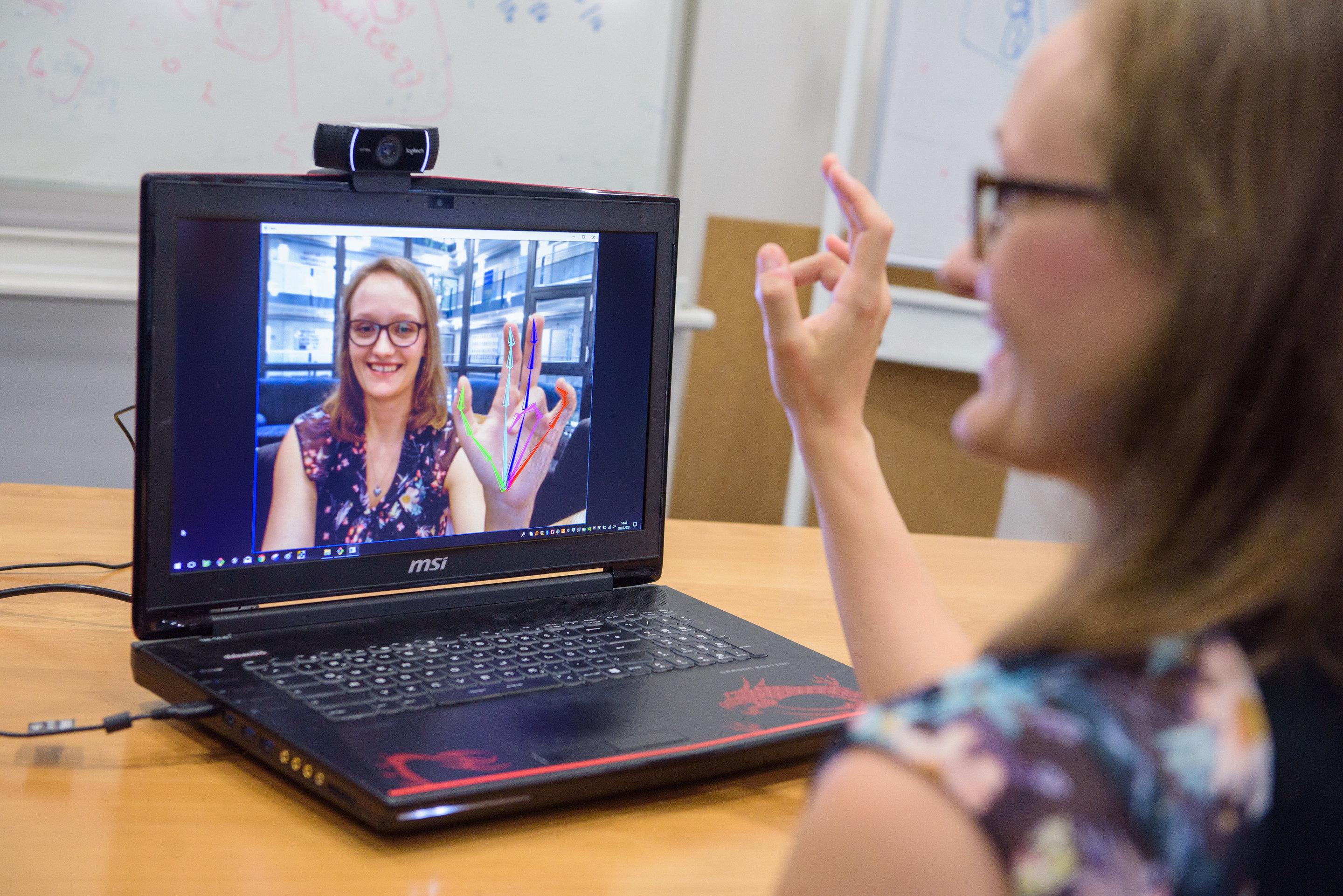Clear communication is a fundamental right, not a privilege. For the Deaf and hard-of-hearing community in the United States, accessing this right requires dedicated services that bridge the auditory gap. This is where professional sign language interpretation in US settings becomes not just a service, but a vital conduit for education, healthcare, justice, and employment. These services ensure that millions of Americans have equal access to information and can participate fully in all aspects of society, in compliance with the Americans with Disabilities Act (ADA).
The landscape of sign language interpretation in US is diverse and multifaceted. It encompasses a range of modalities, from on-site interpreters to cutting-edge video remote solutions, all designed to meet specific needs and situations. Whether it's a student attending a university lecture, a patient discussing a diagnosis with their doctor, or an employee participating in a training session, qualified interpreters provide the essential link to understanding and being understood. This commitment to accessibility defines truly inclusive organizations and empowers individuals to thrive.
Ensuring ADA Compliance and Accessibility Nationwide
The Americans with Disabilities Act (ADA) is a federal civil rights law that prohibits discrimination against individuals with disabilities in all areas of public life. For businesses, government agencies, and non-profits, this mandates providing effective communication through auxiliary aids and services. Professional sign language interpretation in US is a primary and often necessary method for fulfilling this obligation and ensuring meaningful access for Deaf individuals.
Failure to provide appropriate interpretation can result in significant legal repercussions, including lawsuits and federal penalties. However, beyond compliance, it is a profound demonstration of an organization's commitment to diversity, equity, and inclusion. By proactively integrating sign language interpretation services, institutions not only mitigate legal risk but also expand their reach, build trust with a broader community, and create a more welcoming environment for all customers, clients, and employees. This proactive approach is the cornerstone of modern accessibility.
Key Modalities: On-Site and Video Remote Interpretation (VRI)
The field offers two main modalities to suit different contexts. On-site interpretation involves a certified interpreter being physically present. This method is often preferred for complex, sensitive, or lengthy situations where visual clarity and full environmental awareness are crucial. Examples include medical procedures, legal depositions, mental health counseling, and major corporate or public events.
Video Remote Interpretation (VRI) uses secure video technology to connect a Deaf individual with a qualified interpreter in real-time. This solution is ideal for immediate needs, remote locations, or last-minute requests. A robust VRI service provides high-quality, stable video and a certified interpreter on demand, often within minutes. It is a powerful tool for emergency rooms, urgent business meetings, telehealth appointments, and routine customer service inquiries, ensuring that access to communication is always just a click away.
FAQs About Sign Language Interpretation in the US
1. Is my organization legally required to provide a sign language interpreter?
Under the ADA, any public entity or private business open to the public must provide effective communication, which often requires a qualified sign language interpreter, especially for complex or important communications. This includes hospitals, schools, courts, and businesses.
2. What’s the difference between a certified and a qualified interpreter?
Certification (e.g., NIC, CDI, CI/CT) from organizations like the Registry of Interpreters for the Deaf (RID) is a key benchmark. A "qualified" interpreter under the ADA means they possess the skills, experience, and certification necessary to handle the specific communication needs of the situation.
3. How far in advance do I need to book an interpreter?
It is always best to book as far in advance as possible, especially for on-site interpreters. For VRI, services like those provided by TransLinguist can often connect you with a certified interpreter in just minutes, providing a crucial solution for unexpected needs.
4. Who bears the cost of providing an interpreter?
The ADA considers providing effective communication an overhead cost of doing business. The service provider (e.g., the hospital, business, or government agency) is responsible for covering the cost of interpreters without passing any fees on to the Deaf individual.
Conclusion
Professional sign language interpretation is more than a service; it is a critical investment in human connection and equity. It upholds the law, fosters inclusivity, and empowers the Deaf and hard-of-hearing community to participate fully in American society. From the courtroom to the classroom, and the boardroom to the hospital room, ensuring clear communication is a fundamental responsibility.
Ready to ensure your organization is accessible, compliant, and inclusive? Contact TransLinguist today to learn more about our certified on-site and video remote sign language interpretation services. Let’s build bridges of understanding together.

